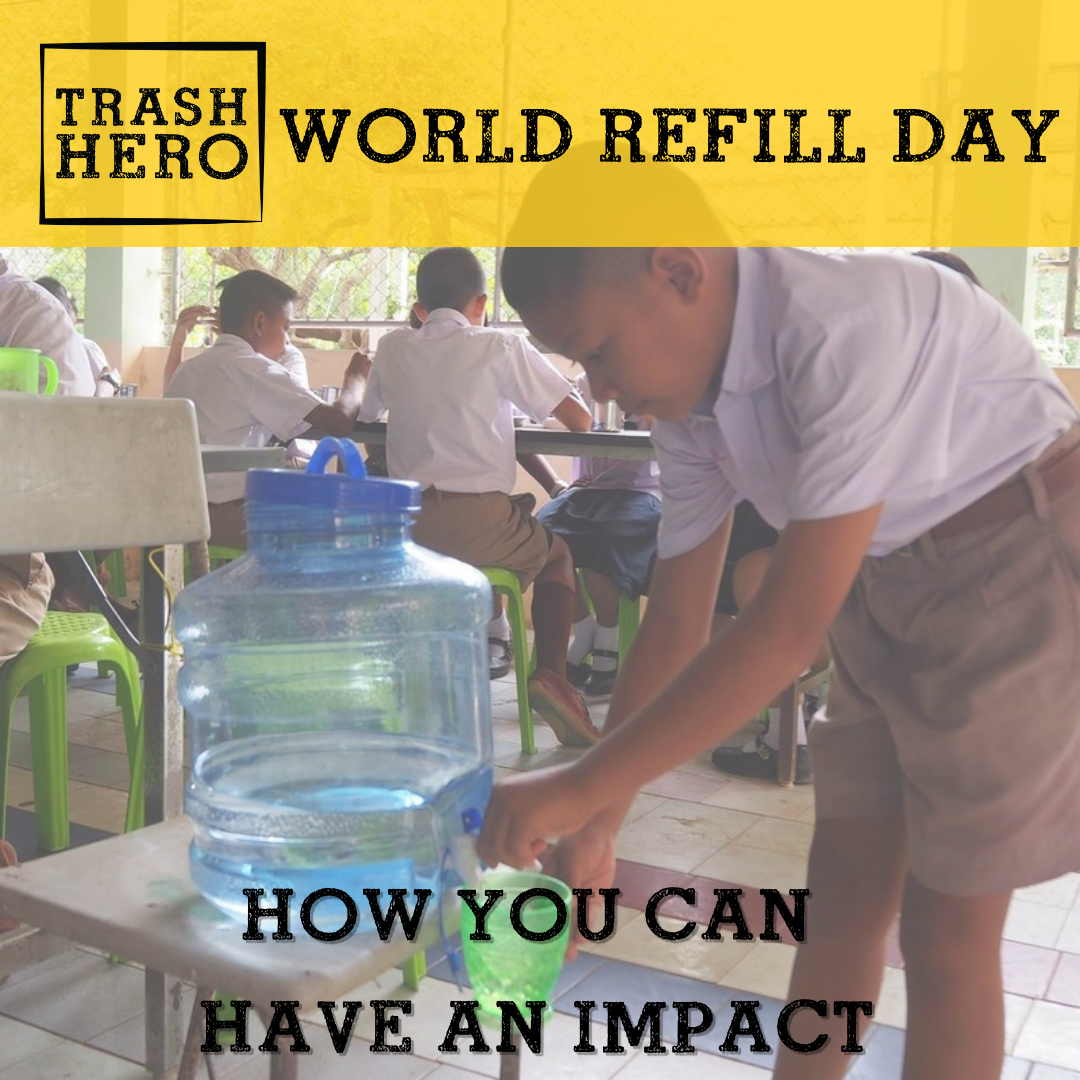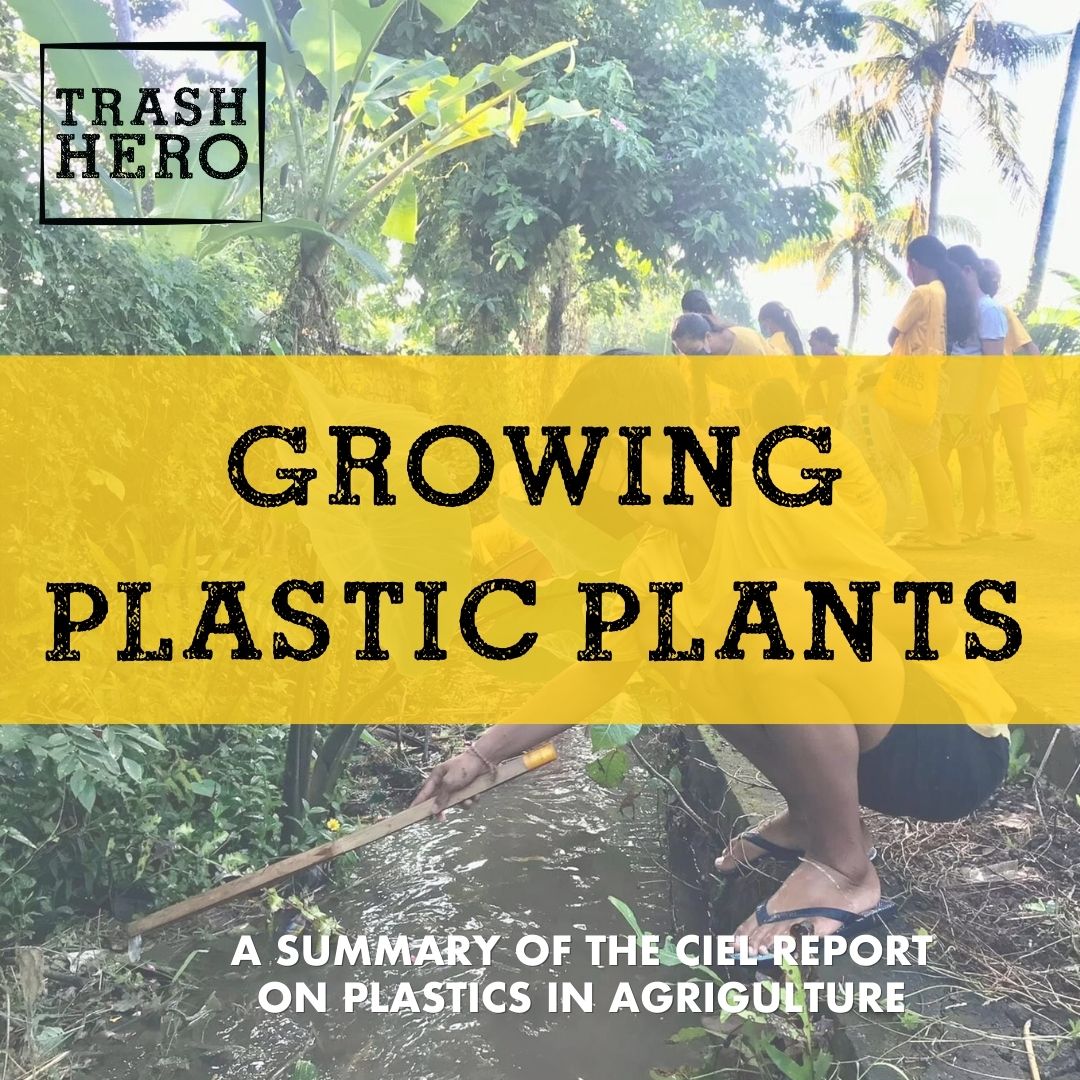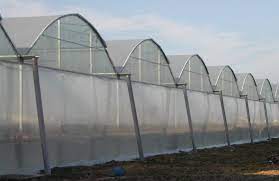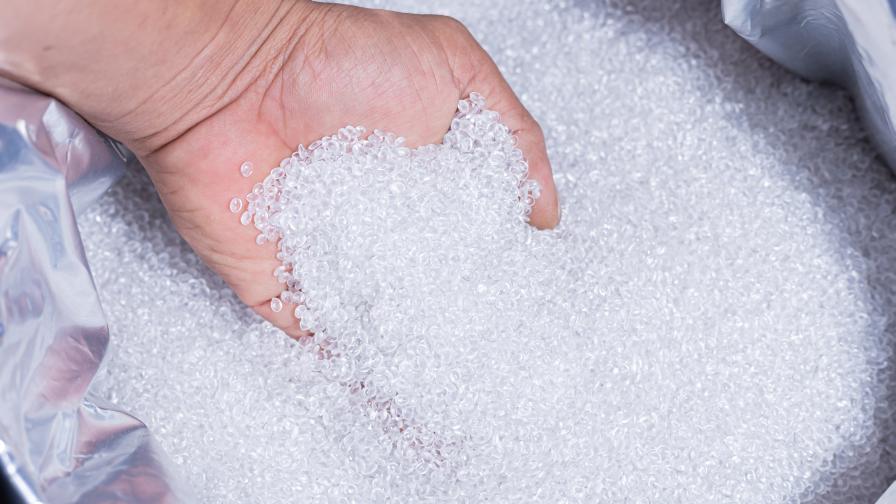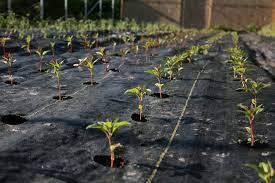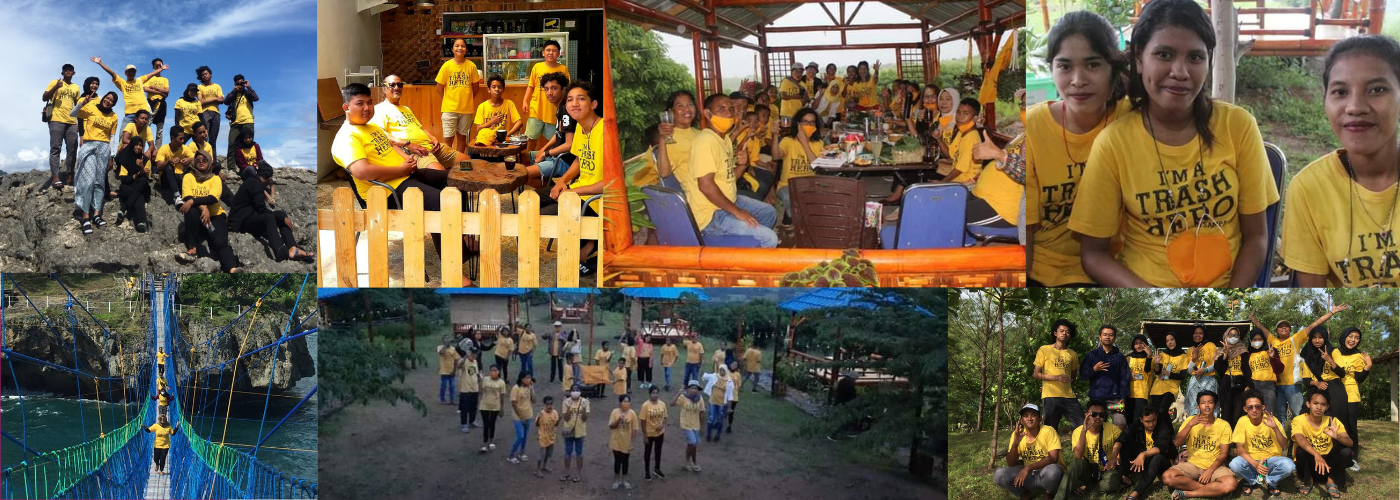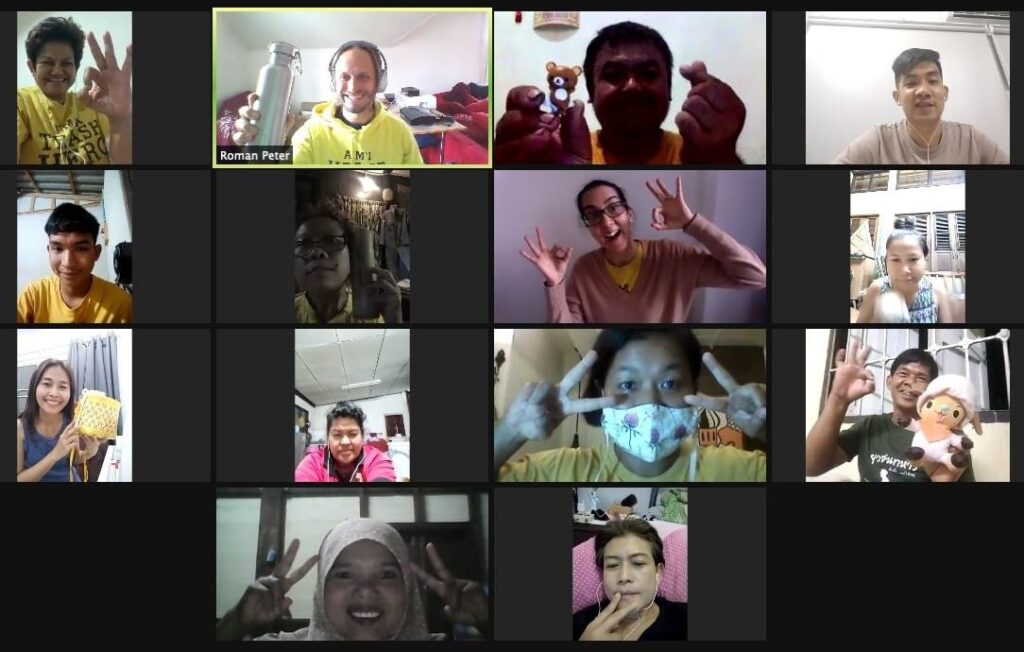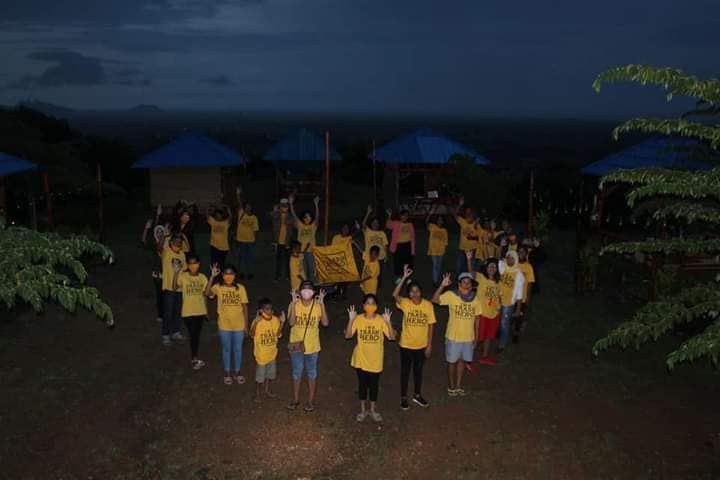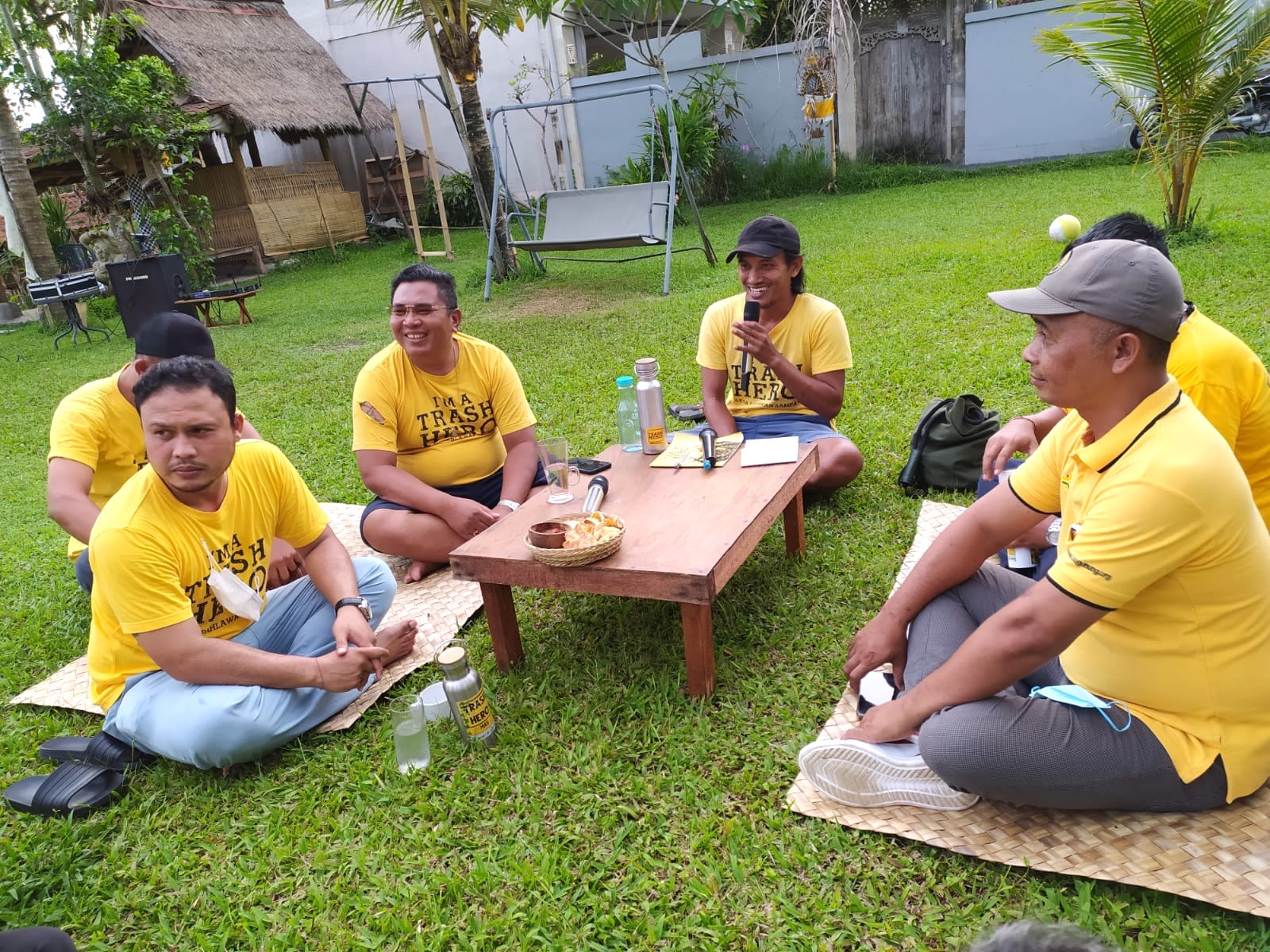Plastic production is increasing, how can we – as concerned citizens- change this? We want to inspire you to make small changes and demand bigger ones so that globally we have a meaningful impact.
This World Refill Day (June 16th) we’re taking a closer look at refill and reuse and discovering why they are the key to reducing plastic pollution. We’ll share what we’ve been doing to support refill and show you how you can also make an impact with your actions. We’ll show you how to encourage the support of businesses who are providing refills, motivate you to examine the way products are sold and ultimately inspire you to integrate more refillables into your household and routine.
So why do we need to refill?
Currently, 380 million tonnes of plastics are produced each year 1, over half of which are single-use plastics 2 . Around 9% of this plastic gets recycled, with less than 2% being effectively recycled3. The rest is littered, landfilled, burned or shipped around the world for someone else to deal with. The sheer volume of waste being generated means even improved recycling is not a practical solution – even if plastic manufacturers would like us to think it is.
The only solution that we know works is to reduce the amount of plastic being produced, especially single-use plastic. Refill and reuse of containers and packaging is one of the easiest and most efficient ways to reduce the amount of plastic needed in the world. Making refill the norm can start at an individual level and then must be supported by the local business community, government infrastructure and eventually by big consumer goods companies.
The benefits of refill are not just limited to reducing plastic waste in the environment. Reducing plastic also has a positive climate impact by reducing CO2 emissions. Plastic production and use currently accounts for around 4% of global carbon emissions, more than the entire airline industry. Integrating more refills into your routine will also have a positive impact on your wallet. Refilling as much as you need rather than buying pre-packaged amounts often works out cheaper, as does refilling drinking water. Many businesses also offer discounts for people who bring their own containers for takeaway food and drink.
So what can I do as an individual?
Make refilling a habit
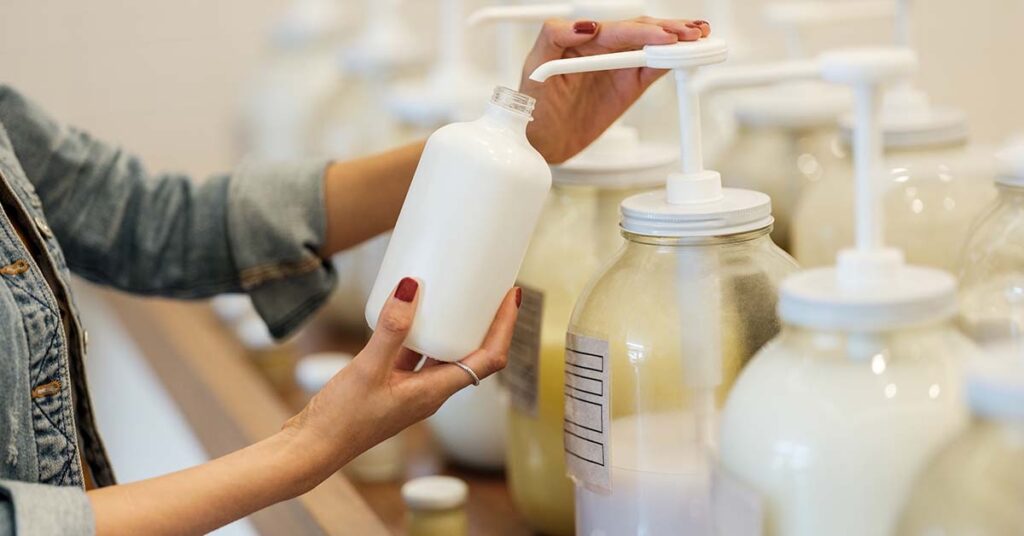
Think about your daily routine – where do you eat lunch? What items do you regularly buy in single-use plastic? Then try and find ways in which you can swap the single-use for reuse or refill.
The simplest way is to switch to a reusable water bottle. If you already own one, you can encourage others to do the same!
There are many places that offer free water refills, especially in countries where you can drink from the tap. Even in those where you can’t, local refill networks such as the one created by Trash Hero (see below) often exist to help people stay hydrated while avoiding single-use plastic.
To see the impact you have when using a refillable water bottle you can use our free Bottle Impact Calculator. Share your results online to inspire others – and don’t forget to tag us @trashheroworld!
It’s not just water bottles
Let’s remember, It’s not just water bottles that can be refilled and reused! You can bring your own reusable cups and containers at many takeaway places and markets and more and more stores are offering refills of day-to-day essentials such as toiletries, cleaning products and groceries.
Even without a local refill store you can still take action: try a reusable container for your lunch (home made or takeaway) and a thermos for your coffee. You don’t necessarily need to buy anything new to start this, there are things in our houses that will do the job! Old takeaway containers are great to reuse for a packed lunch and old jam jars are perfect for home-made instant noodles – there are endless options and ideas out there! Have a look through your cupboards and see what can be repurposed for your refill journey.
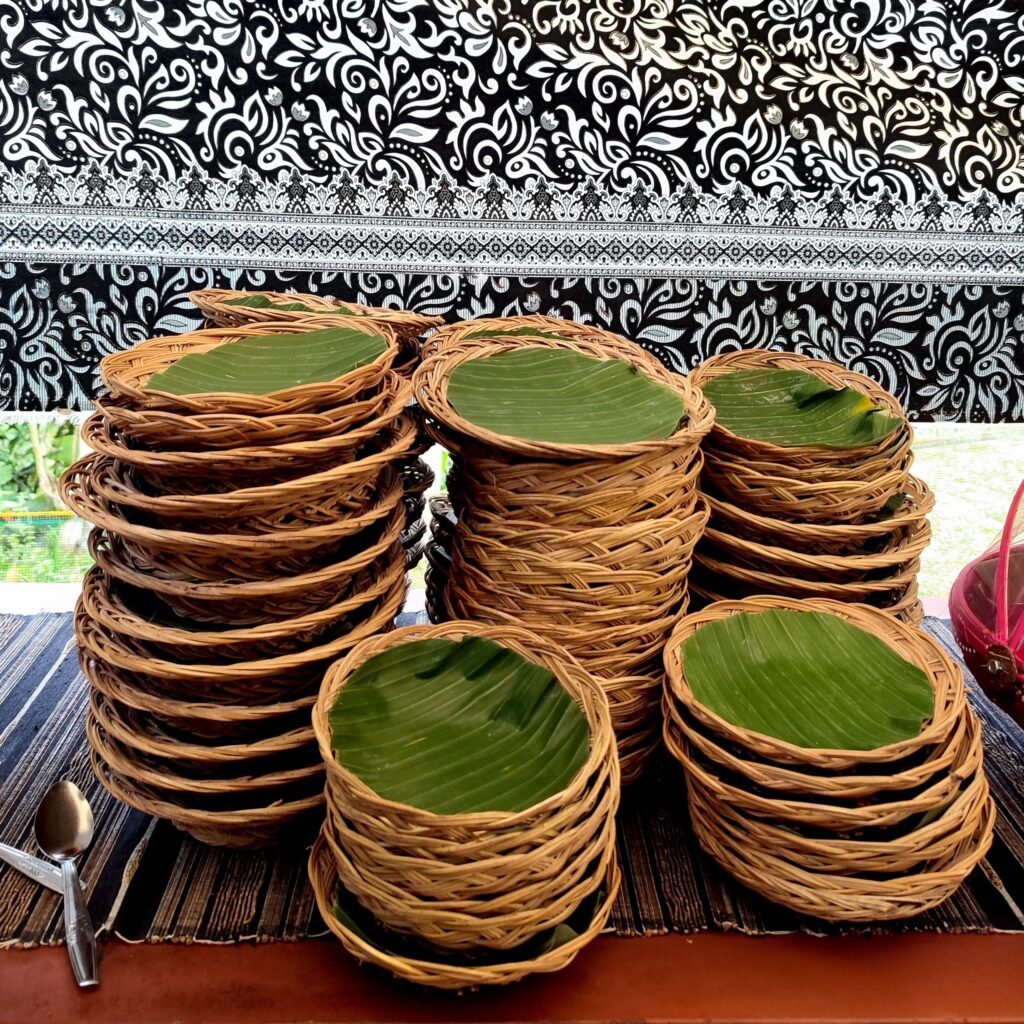
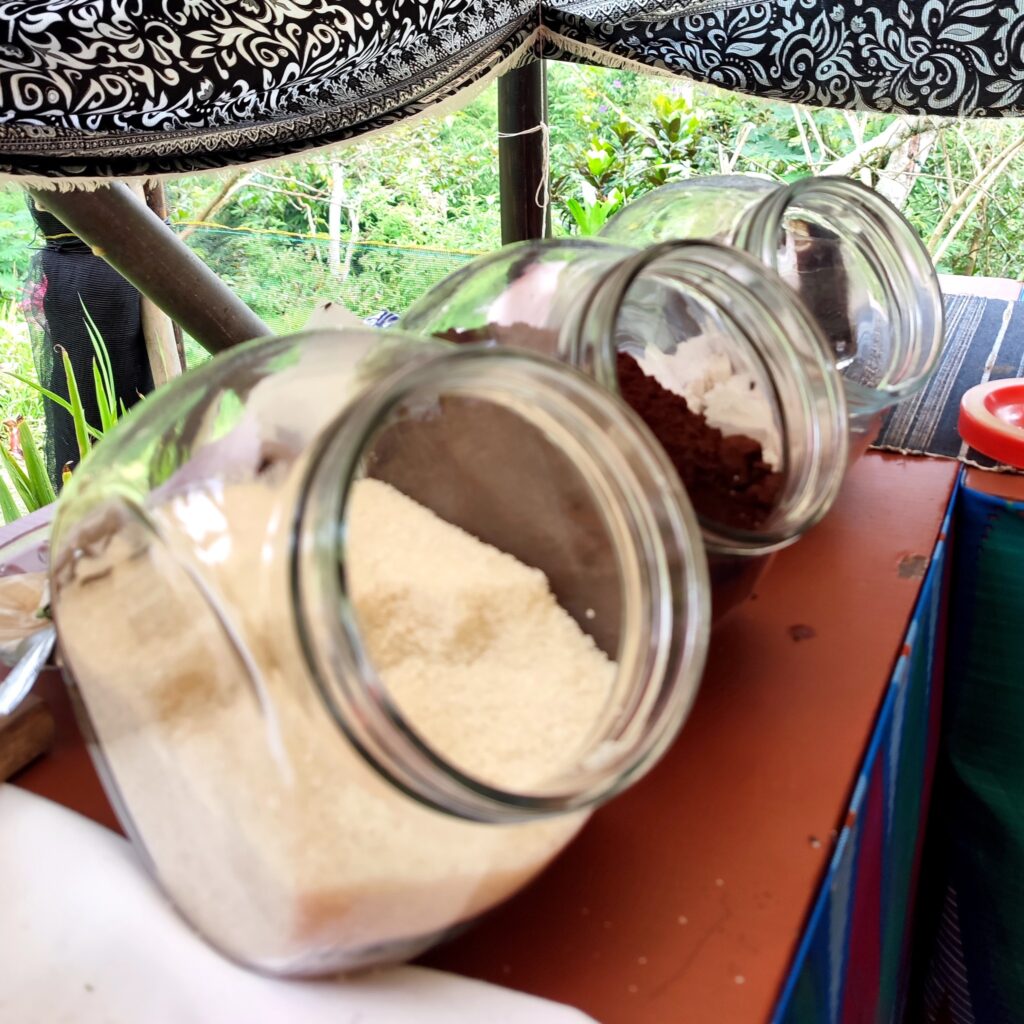
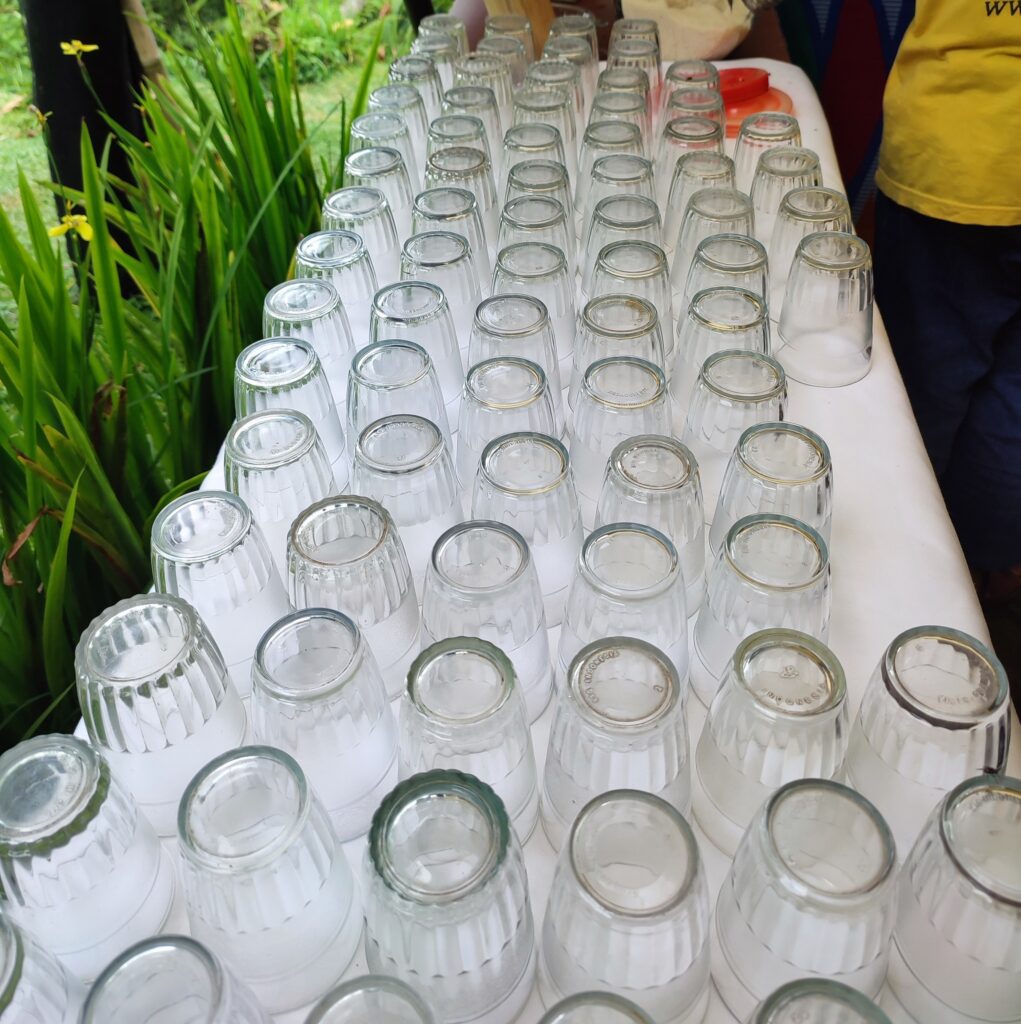
Start a conversation
Talking about refill and how easy it is helps to make the idea accessible and normal for people around you. Make it your aim to research as many places as possible in your local community that allow you to bring your own container for purchases, or ask your friends and neighbours if they have any recommendations for water refills or other reuse tips. Share your findings with your network so that others are encouraged to try.
If there isn’t currently any refill store in your area, maybe there is a friendly local business that you can approach. Try bringing your own cup or container and start a discussion or brainstorm ways in which they could trial refills in their stores. A conversation is the first step to changing behaviour and consumer feedback is extremely powerful.
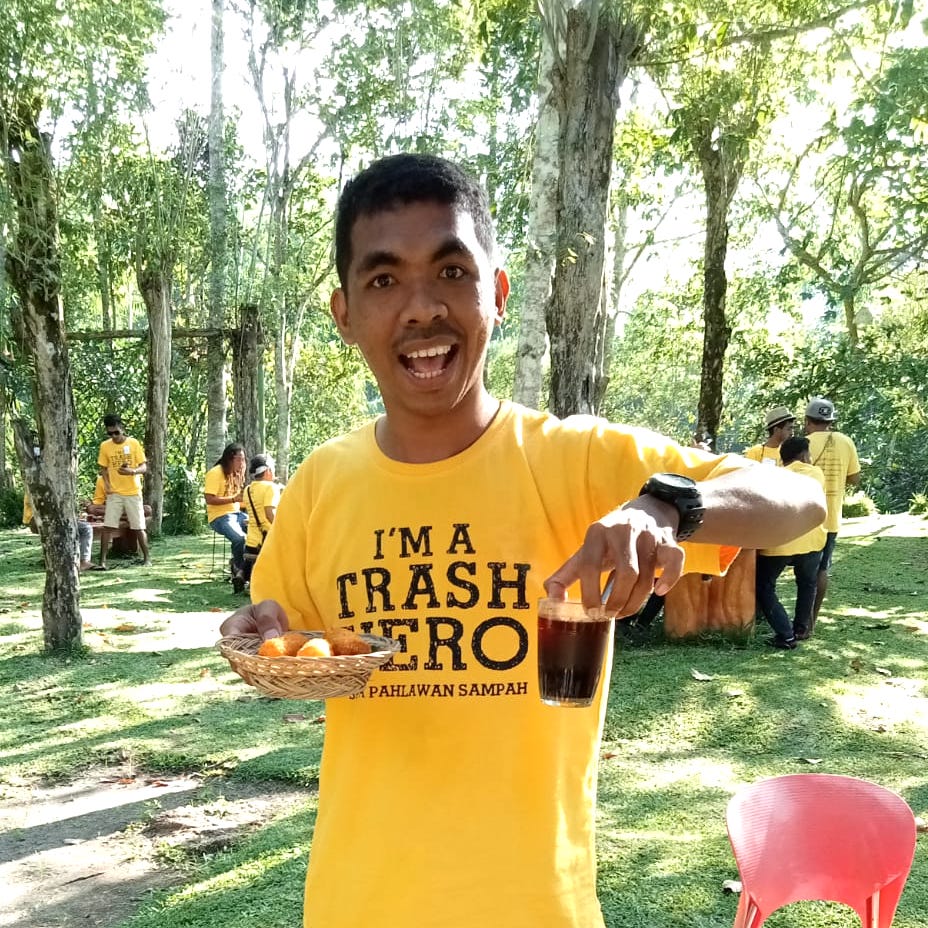
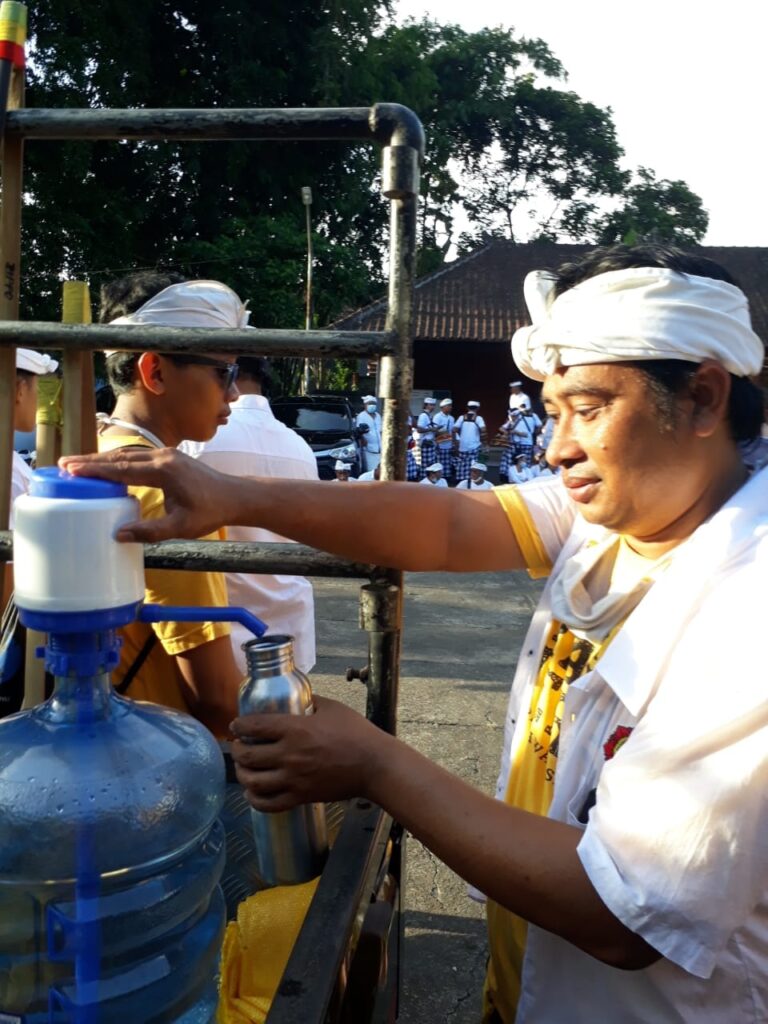
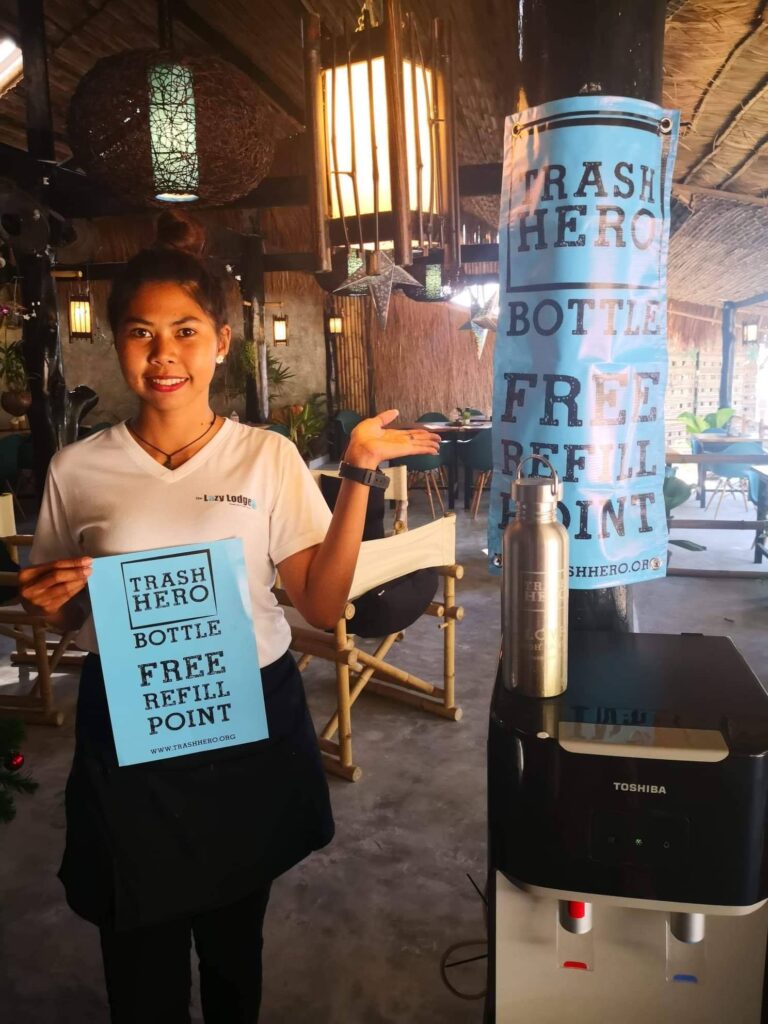
Support businesses that care
As we’ve mentioned, your feedback as a consumer holds power. This isn’t just about refusing single-use plastic in bigger stores, but supporting those businesses that are offering refills. Be sure to tell them you love what they do, share their sites on social media and encourage others to go there too.
A great resource for refill and reuse programmes is the Living Landscape of Reduse Solutions database – it provides fantastic information about the different ways refill works to eliminate waste, as well as an up-to-date list of refill and reuse providers. You can use it for research or submit your favourite store to their database.
Demand change
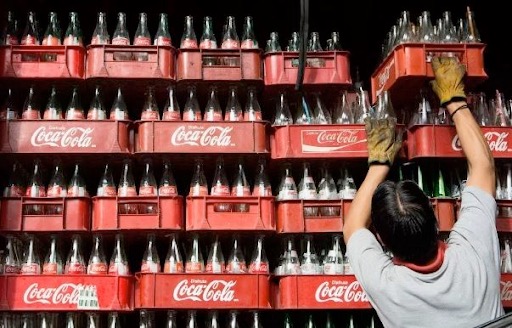
It is important to remember that refill is not a new idea. In fact, not so long ago refill was the norm in most countries. For example, products such as milk and soft drinks were delivered in refillable glass bottles. It’s easy to revive these systems and even improve them with new technology and materials.
Whenever you hear a company talking about more or better recycling, remind them and those around you that the real solution is to reduce and reuse / refill. Only when they realise people understand the link between their products and pollution and climate change will they change their packaging and delivery systems.
It may feel overwhelming at times, but together we have the power to demand change and show commitment to that change in our daily habits and purchases.
So what are Trash Hero doing about refills?

The Trash Hero bottle refill programme offers a safe and affordable alternative to single-use plastic bottles. We provide stainless steel water bottles at cost price to local businesses, who then sell them on and provide free drinking water refills to any bottle owner. We have a network of more than 700 refill points, predominantly in Southeast Asia, but also in Czech Republic. A study looked at the impact of refilling the Trash Hero bottle alongside the equivalent number of single-use plastic water bottles and concluded: ‘As a direct comparison between packaging systems, the Trash Hero reusable bottle reduces your [CO2 emissions] by around 95% vs. single-use plastic.’ 4 To date, we have sold 102,470 bottles and estimate that 37 million plastic bottles have been avoided as a result of the programme.5
Another Trash Hero refill project saw us partner with Swiss cosmetics company, Schnarwiler AG, to launch a range of refillable beauty products with 100% natural ingredients. Essential items such as hand and body soap, shampoo, conditioner and body lotion are packaged in recycled glass bottles and refilled in local stores from bulk containers that are also washed and reused. Since the project started in 2018, the refill network has grown to 84 outlets and 11 hotels, including a popular national chain store, demonstrating that such projects can be implemented on a large scale. It is estimated that 52,882 plastic bottles (200ml) have been avoided thanks to refill.

We’d love to hear from you about your refill journey. Any great refill or reuse ideas that you’ve found helpful? Any stores in your area that you want people to know about? Share in the comments below or tag us on social media!
Footnotes and references:
read more
